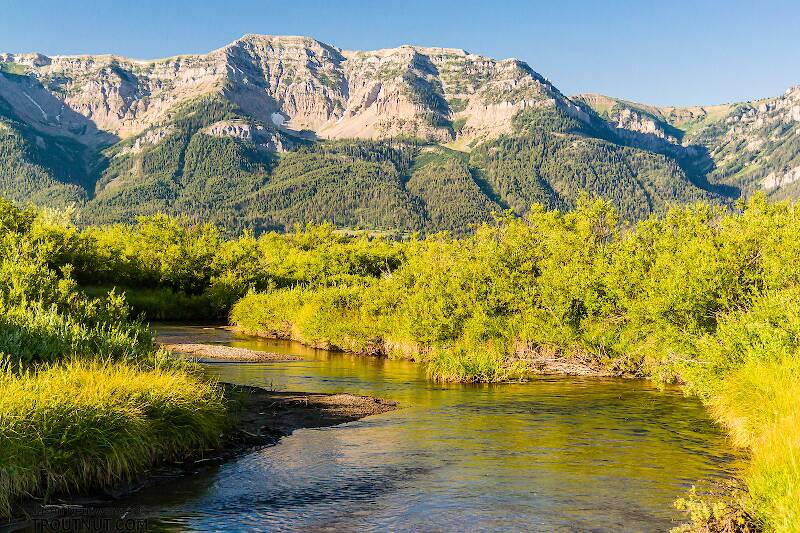
Salmonflies
Pteronarcys californica
The giant Salmonflies of the Western mountains are legendary for their proclivity to elicit consistent dry-fly action and ferocious strikes.
Featured on the forum

This specimen keys to the Epeorus albertae group of species. Of the five species in that group, the two known in Washington state are Epeorus albertae and Epeorus dulciana. Of the two, albertae has been collected in vastly more locations in Washington than dulciana, suggesting it is far more common. On that basis alone I'm tentatively putting this nymph in albertae, with the large caveat that there's no real information to rule out dulciana.

Troutnut is a project started in 2003 by salmonid ecologist Jason "Troutnut" Neuswanger to help anglers and
fly tyers unabashedly embrace the entomological side of the sport. Learn more about Troutnut or
support the project for an enhanced experience here.
Definition of 'forewing'
Definition of 'forewing'
Forewing: The front pair of wings of an insect, which are attached to the mesothorax, the same thoracic segment that bears the middle pair of legs. In mayflies, these are the main, large wings. In caddisflies, they are the outer wings when the wings lay at rest over the body. In stoneflies, they are the top wings when the wings are laid flat over the body. In midges and other true flies, the forewings are the only true wings.
These other words reference the same concept: fore wing, forewings, fore wings.
These other words reference the same concept: fore wing, forewings, fore wings.

